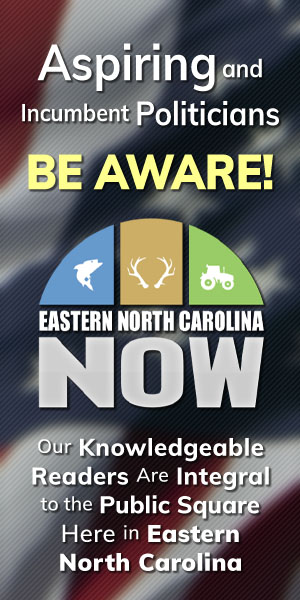Publisher's note: This post, by Brian Balfour, was originally published in the Budget & Taxes section(s) of Civitas's online edition.
"Are we there yet?"
Any parent who has taken long road trips with young children has likely heard that phrase countless times. To the children, the only thing that matters is how quickly they arrive at the destination.
To the driver navigating the highways, off-ramps and country roads, however, how the family arrives at the destination matters just as much.
North Carolina state budget writers can learn a lesson from that careful navigator of the family minivan: what is the best way to get from here to there?
Figure 1 below should illustrate my point.
Actual State Budget vs. Annual 4.5% Growth Rate: 1993 - 2013
 Click on image to expand to a larger version: Above.
Click on image to expand to a larger version: Above.
The blue line represents the actual state General Fund budget from 1993 to 2013. Spending grew from $8.2 billion to $20.2 billion. But notice how bumpy the road was.
Compare that with the red line, which represents what the state budget would have been during that time if it increased every year by 4.5 percent. State spending would have ended up at $19.8 billion in 2013, virtually identical to the actual budget that year. The trend line, however, is perfectly smooth.
Two very different roads getting to the same place; which path is more sensible for taxpayers and budget writers? The blue line, with wild year-over-year fluctuations, or the stable and predictable red line? The actual state budget's volatility featured dramatic increases during flush economic times and rapid decreases when recession hit. Indeed, six of the 20 years saw year-over-year increases above 9 percent, with three of those spikes topping double digits. On the flip side, five of those years saw annual decreases in General Fund spending.
To be clear, this article is not recommending a specific target of 4.5 percent annual spending increases. Rather, it is an illustration of the importance and benefits of implementing sensible, predictable measures to ensure more stable budget trends. A Taxpayer Bill of Rights (TABOR), with reasonable caps on the amount of annual spending increases, would go a long way toward smoothing out North Carolina's state budget trend lines.
State budget writers are in the driver's seat, and they face a fork in the road. Which path do they choose: continue down the unpredictable, bumpy road or merge onto the smooth, stable highway?
Taxpayers are the passengers on this trip, and far too many are getting carsick.

























